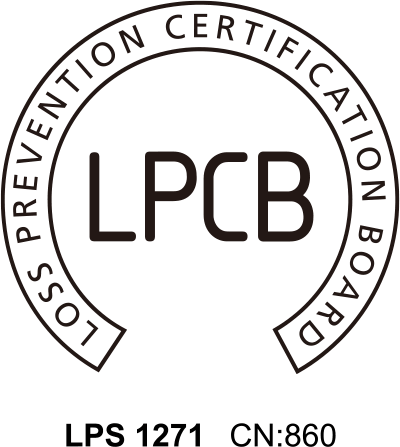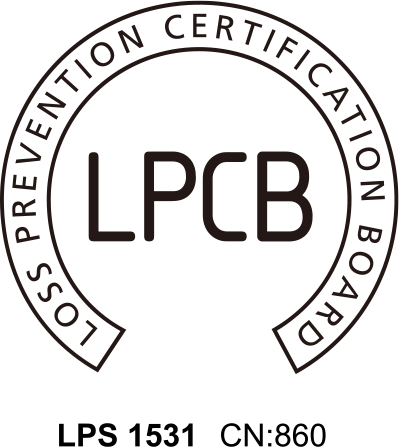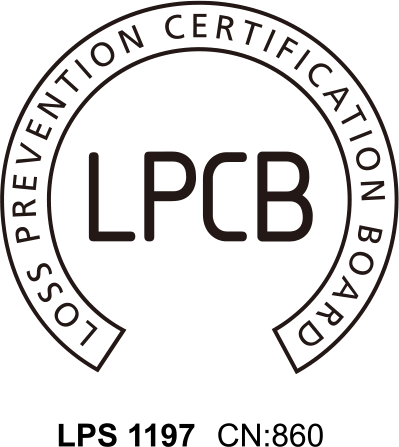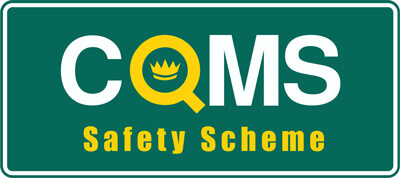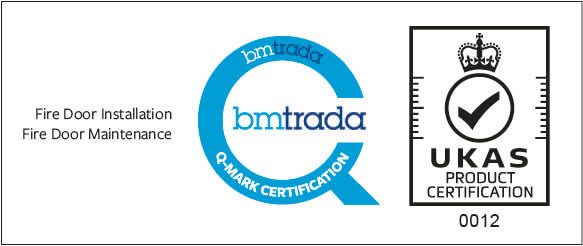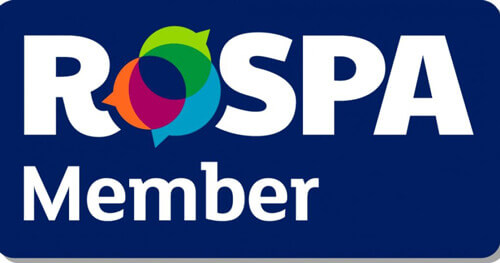-
30+ YEARS
Exceptional industry standards
-
Nationwide
Responsive teams UK-wide
-
Fully certified
LPCB, Firas, BM Trada & ISO

Unlock passive fire protection without complexity or disruption.
Hotels and hospitality spaces are among the most complex and demanding environments when it comes to operational resilience.
These are buildings that never truly sleep – welcoming guests, hosting conferences, running spas, and delivering seamless experiences around the clock. For many hoteliers, this constant demand is layered with an ever-growing list of responsibilities – from regulatory compliance and operational pressures to staffing challenges and reputational risk. Fire safety, in particular, brings its own set of complexities.
It’s highly technical, tightly regulated, and vastly misunderstood. Yet, it’s essential for keeping people and assets safe. Amid daily operations, it simply cannot afford to be overlooked – but it can’t afford to disrupt the guest experience either. This is where Checkmate Fire comes in.
The realities of fire safety in hotels
For many hoteliers, passive fire protection feels like one more challenge among many.
More than a technical minefield, it brings logistical, financial, and regulatory pressures along with it:
Protecting a 24/7 guest experience
Fire safety measures must be delivered without noise when guests are resting, without obstruction when events are in progress, and without compromise to human lives at any moment. Where possible, it also needs to be invisible. Seeing operatives in uniform or active works in progress can trigger unnecessary concern among guests, even when there is no cause for alarm.
Discretion, therefore, becomes critical. Whether it’s conference delegates expecting full focus, or leisure travellers seeking rest and reassurance, fire safety must never undermine the sense of calm and control that hospitality environments promise.
No two settings are ever the same
The very nature of hotel buildings – architecturally complex, designed over multiple phases, and often steeped in heritage features – makes interventions anything but straightforward.
No two sites are ever the same - and a corridor in a boutique property presents completely different fire safety considerations than a conference wing in a major chain hotel.
Operations can never pause
With varying occupancy patterns, it also requires meticulous planning to know what’s taking place and when. These are bustling environments that never pause. Bedrooms are booked, lobbies are busy, and facilities are in use all day, every day. This makes traditional, invasive fire safety works deeply impractical.
Guests don’t expect to hear saws or drills during their stay, and hotel teams don’t have the luxury of closing off large areas of the building without major operational consequences. But even the simple act of integrating or replacing a fire door in a corridor can unintentionally block access to stairwells or exits, introducing new fire safety risks in the name of resolving others.
Every hour a room is out of service is lost revenue, placing speed and precision among the ultimate non-negotiables.

Navigating patchwork fire door components
Hotel buildings are rarely uniform. Some have evolved over decades through renovations, acquisitions, and rebrands.
Others span multiple wings, uses, or building eras – from 1970s blocks to recently completed extensions.
Each variation brings a different set of fire doors, seals, ironmongery, and installation methods, often with incomplete or inconsistent documentation. Even when fire doors appear to be in good condition, the reality is more complex.
Doors degrade over time through high footfall, repeated refurbishment, and wear and tear. And small interventions – from replacing hinges to adding access controls – can unknowingly affect fire resistance performance. Without clear evidence of how each door was tested, assembled, or modified over the years, hoteliers are often left with a patchwork of uncertainty, risking crucial fire safety failures that can disrupt operations, damage reputation, and, most critically, endanger lives.
Addressing this requires expertise in testing both standard and non-standard door assemblies, ensuring every component functions together to deliver effective, reliable fire protection.
In demanding environments, our teams have adapted their on-site approach - carrying out the works using alternative methods and techniques - ensuring disruption is kept to an absolute minimum
Compromises have serious consequences
Fire safety also carries a set of evolving technical complexities. Fire doors degrade with use, seals shrink over time, and daily wear, coupled with high footfall and frequent refurbishment, can erode critical passive protection. Renovations, refits, and upgrades – whether for aesthetics, acoustics, or access control – can unknowingly compromise compartmentation and fire integrity. Even seemingly minor adjustments, like swapping out a lock or fitting new door furniture, can result in a door failing to meet its required fire performance.
Worryingly, many operators only become aware of compliance issues when it’s too late – either following a failed audit, during an incident investigation, or when more intrusive works reveal hidden problems. At that point, the widespread costs can be difficult to recover from.
The price of non-compliance
Beyond the technical, financial, and operational context, hotel managers must also keep tightening regulations front of mind. While certain hotel types may not yet fall directly under emerging frameworks such as the Building Safety Act, the obligations set out by the Regulatory Reform (Fire Safety) Order 2005 and the broader suite of building regulations remain firmly in place. These include ensuring all passive fire protection elements, such as fire doors and compartmentation, are fit for purpose, correctly installed, regularly maintained, and backed by documented evidence of compliance.
If hotels fall short, the risks are not only financial penalties but the loss of guest trust, brand damage, and, above all, the endangerment of human lives.

Our experts eliminate your passive fire headaches
Fire safety in hospitality is not about ticking a box. It’s about making sure that, should the worst happen, the building performs exactly as it should to protect lives.
From the functionality of every fire door to the integrity of each compartmentation seal, every element must be designed, installed, and maintained with meticulous precision. Anything less is a liability – to your reputation, your operations, and most importantly, your guests and staff. With over 35 years in the passive fire protection industry, Checkmate Fire has established itself as a trusted, long-term partner for some of the UK’s most high-profile hospitality brands. We maintain fire protection systems in thousands of live, occupied buildings, including hundreds of hotels, across the country.
Our teams have walked the corridors of listed properties, bustling airport hotels, and newly built lifestyle destinations. We’ve learned what works, what doesn’t, and what makes hotel operations run smoothly while staying compliant. So, you can leave the legwork to us, while you focus on what matters most – delivering the high-quality experiences your guests expect.
For more information on our services, see:
-
Fire door inspection services
Our full range of fire door inspection services
-
Fire door resistance testing
Expert fire door resistance testing
-
Fire stopping installation and remediation
Specialist fire stopping to strengthen your compartmentation
-
Fire door repairs
Learn more about our fire door repairs
Related pages


Gateway Two: Navigating fire safety compliance in higher-risk buildings
The introduction of the Building Safety Act, which was granted Royal Assent on 28 April 2022, has redefined how we navigate risk, responsibility, and regulation across the built environment.

